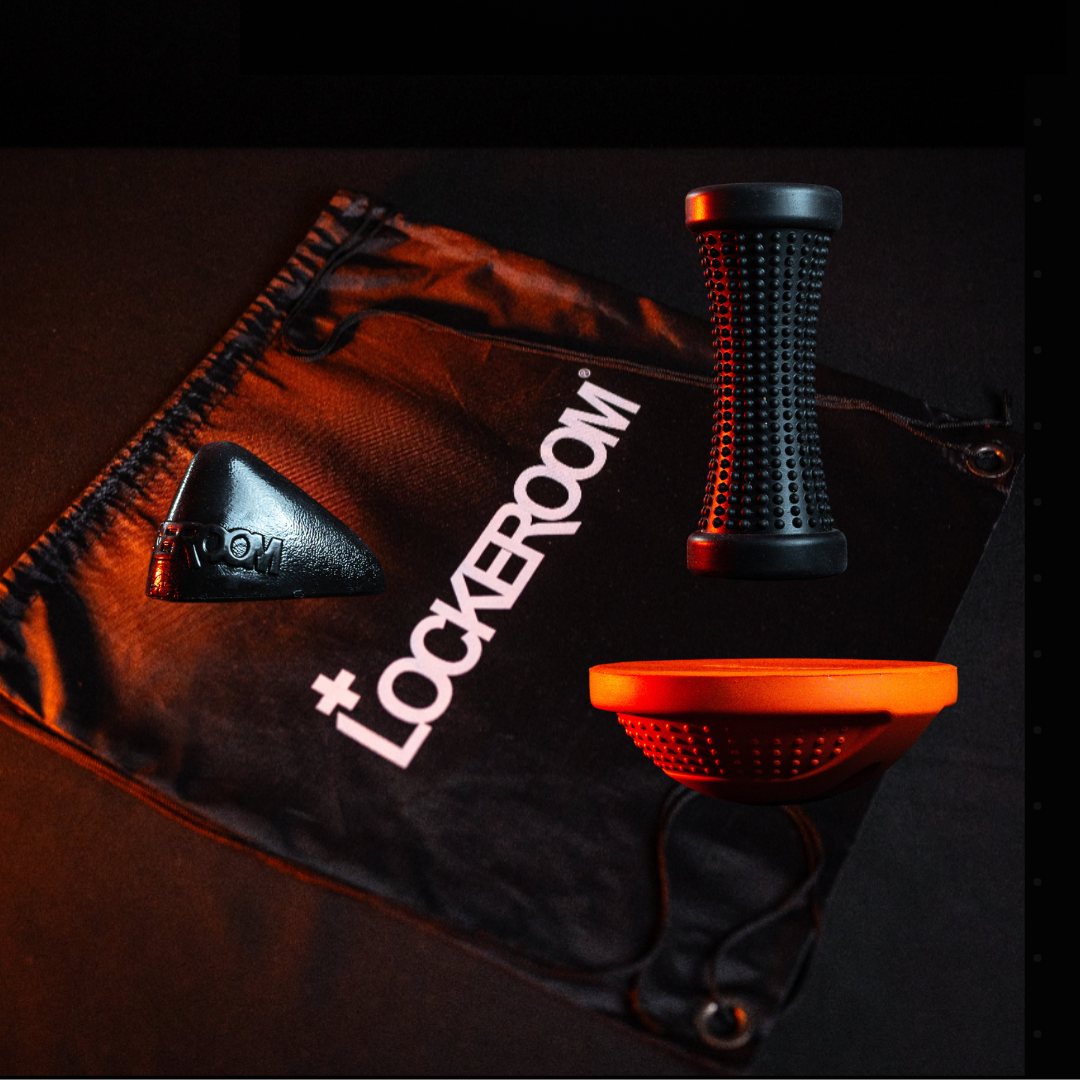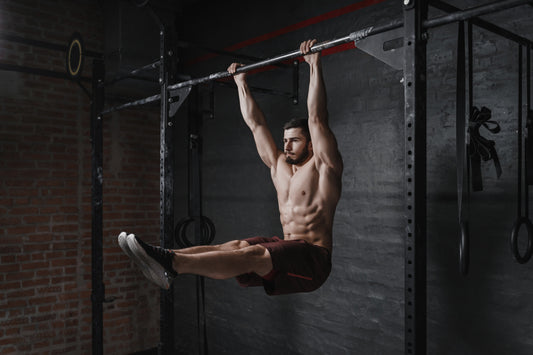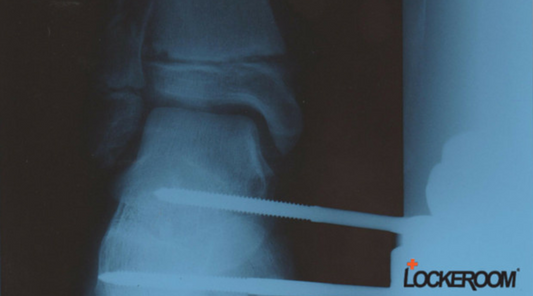
Q&A with Cam
Learn what might be behind your symptoms
Why are 'Core' muscles as important as everyone seems to think they are?
Weak abdominal muscles cause many problems!
This situation often stems from inactivity or improper activation patterns, leading to strong outer abdominal muscles but poor inner core muscle control.
This imbalance is particularly evident in individuals with lower back pain or injuries, where weak abdominals contribute to poor lumbopelvic control, such as anterior pelvic tilt or sway back, exacerbating lower back issues. They also play a significant role in how our lower body functions ie running patterns, lifting patterns.
Most Rehab programs for the lower body have or should have a ‘core’ component.
I do situps. Is that enough?
No!
To improve your core stability you need to work on the 'corset' of muscles that control your pelvis, both at the front and back, and also consider your pelvic floor muscles which work like a “hammock” to assist pelvic control.
Enhancing abdominal strength and control is part of it, but good core stability also requires addressing pelvic control issues like excessive anterior tilt caused by muscle tightness in other areas, commonly the anterior thigh.
How do I improve my 'Core' muscle strength?
First, establish your level of strength and core control, which may require assistance from a health professional. Training above your level can worsen symptoms, while training below your level may not be enough to improve strength or reduce symptoms.
The process should start with activating the transverse abdominal muscles and progressively increasing complexity to test control. It is important to avoid excessive outer core muscle activation, which can inhibit core work.
Exercises using a Posture Pro Dome are perfect for Core strengthening.
Core muscle activation can also be enhanced by addressing tightness that causes your pelvis to tilt foward. This position increases pressure on your lower back.
- Use a Foam roller or Footeez roller to release ITB tightness
- trigger TFL and Glute Med with a Pocket Physio MAX or Rocket
- improve thoracic mobility using the Dome or Posture Pro roller.
Incorporate these elements into a regular core program to help reduce lower back pain.
What's an Abdominal muscle strain?
Abdominal strains are characterized by a sharp, stabbing pain at the moment of trauma, typically associated with explosive activities where the abs must control movement, such as in weightlifting or during a football scrum.
Symptoms may include significant pain when coughing, sneezing, or sitting up from bed. It is crucial to obtain a differential diagnosis from a doctor to rule out other conditions such as inguinal hernia, sports hernia (conjoint tendon), or possibly osteitis pubis.
Abdominal muscle injuries are often associated with other injuries, such as a hip pointer—caused by direct contact on the iliac crest where the abs insert or rib cartilage injury, which can also cause spasm tightness and soreness in the abs.
A less severe cause of Abdominal pain is delayed onset muscle soreness (DOMS) This generally occurs from increased abdominal activity or intensity, such as high-repetition exercises after periods of inactivity.
How long until I can play again after an Abdominal strain?
You can return to play 10 to 14 days after a minor abdominal injury and usually 4-6 weeks for a Grade 2+ Abdominal strain, if managed correctly.
Abdominal issues related to hernias or Ostiitis Pubis can take significantly longer and may require intervention.











